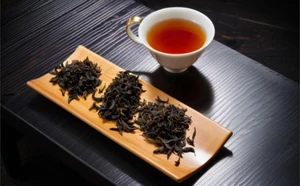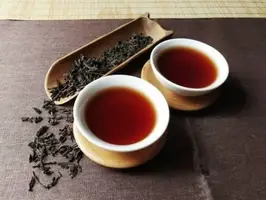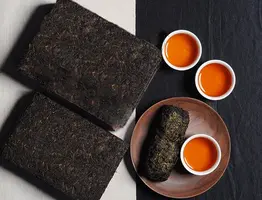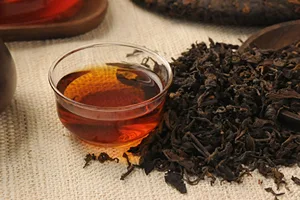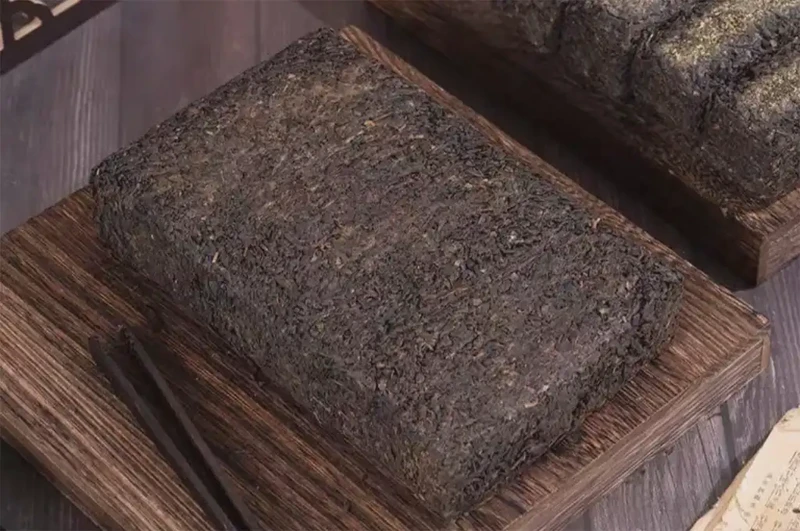Historical Origins of Chinese Dark Tea
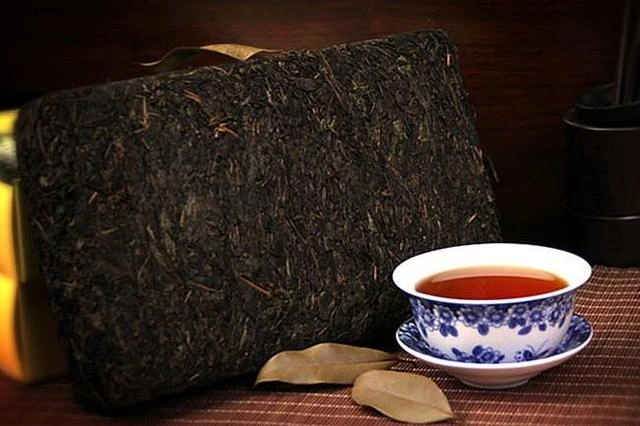
Ancient Trade Routes and Imperial Connections
Chinese dark tea has ancient origins dating back to the Tang Dynasty (618-907 CE), where it was initially developed to preserve tea for long-distance trade. The post-fermentation process made tea more stable during transport along the Tea Horse Road to Tibet and Central Asia.
During the Ming Dynasty (1368-1644), dark tea became an essential commodity in the Tea Horse trade system, where tea was exchanged for horses with nomadic tribes. This trade relationship was so crucial that the government controlled dark tea production and distribution.
The Qing Dynasty (1644-1912) saw the refinement of dark tea processing techniques and the establishment of famous varieties like Pu-erh. Dark tea became integral to Chinese border trade policies and cultural exchange with minority ethnic groups in western China.
"Dark tea is the bridge that connected civilizations - where leaves became currency and culture." — Ancient Tea Chronicles
Timeline of Dark Tea Development
Tang Dynasty (618-907)
First recorded dark tea production for preservation
Song Dynasty (960-1279)
Development of compressed tea bricks for trade
Ming Dynasty (1368-1644)
Establishment of Tea Horse trade system
Qing Dynasty (1644-1912)
Refinement of Pu-erh and other famous varieties
Modern Era
Global recognition and collector culture
